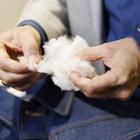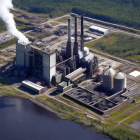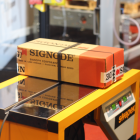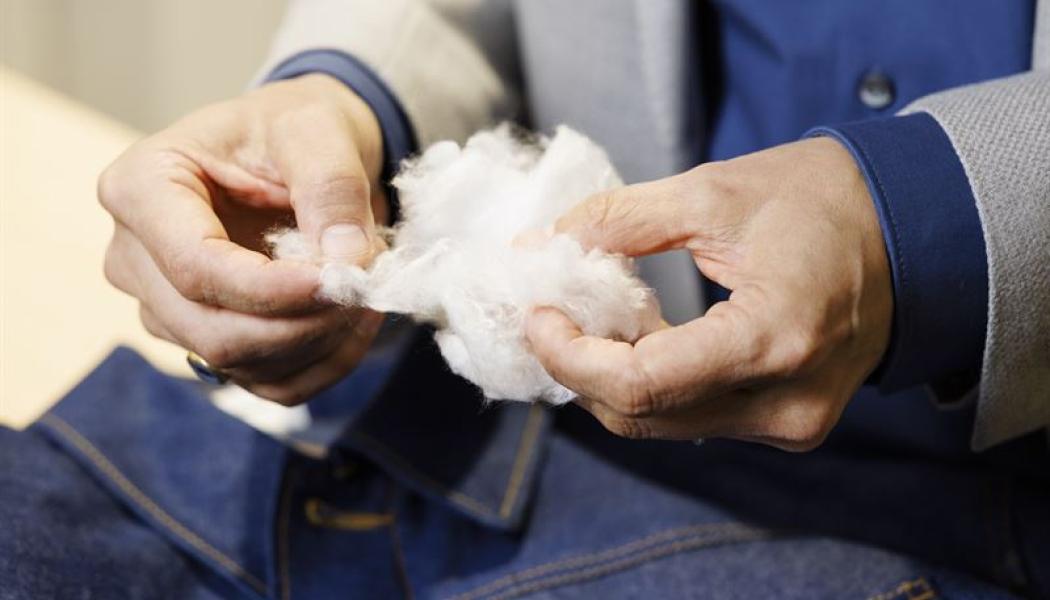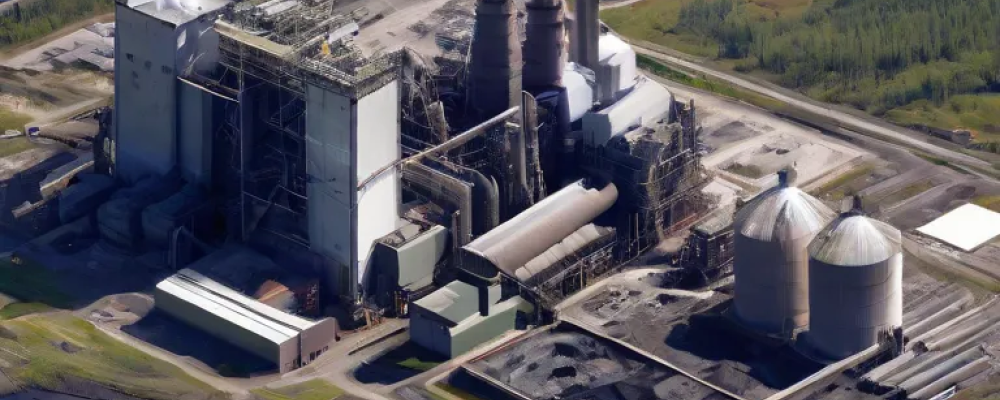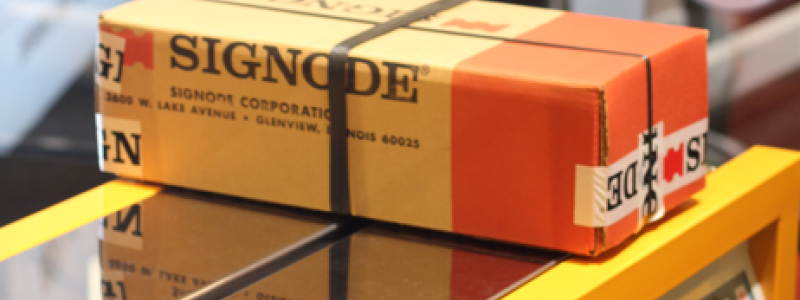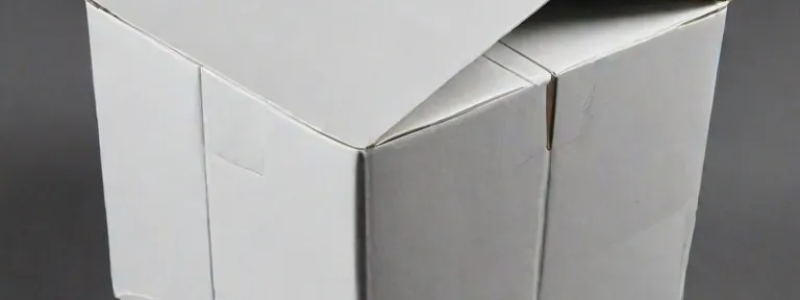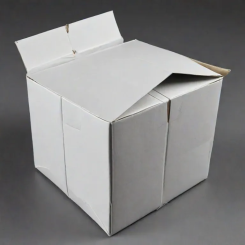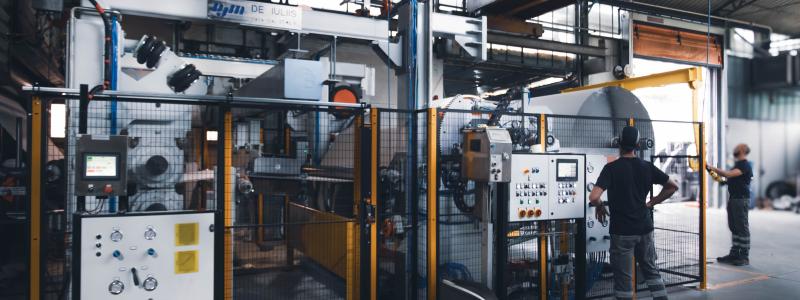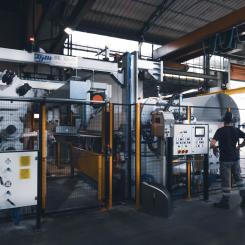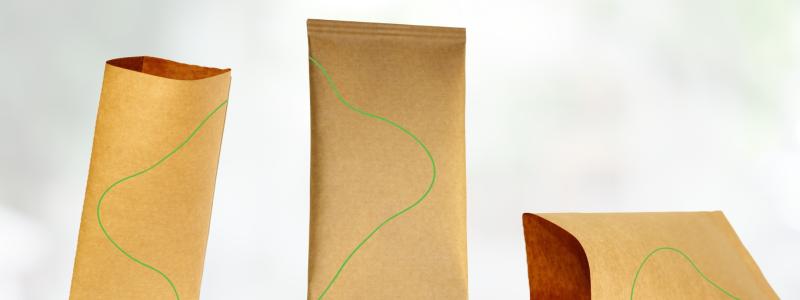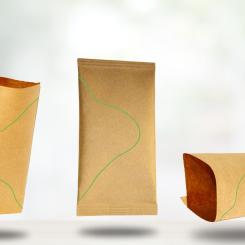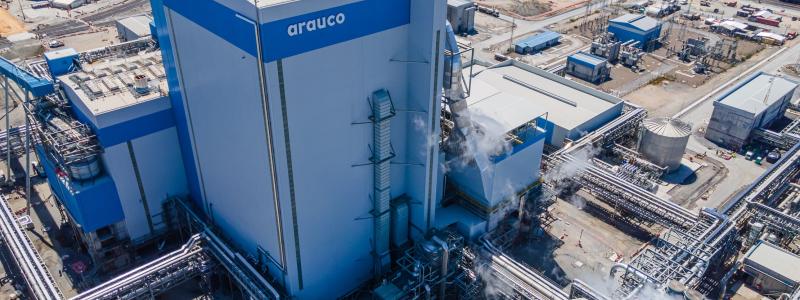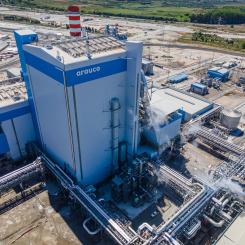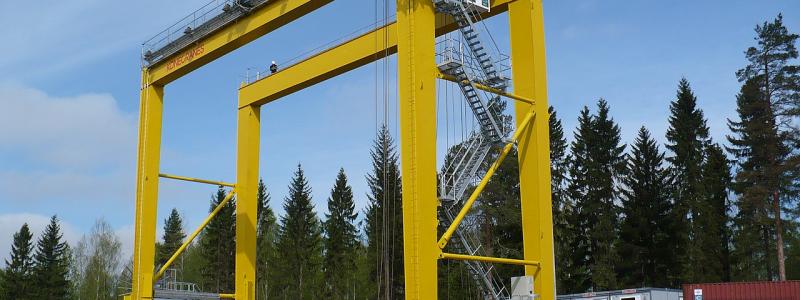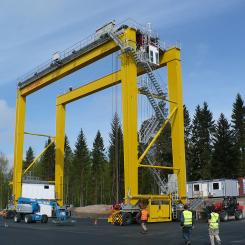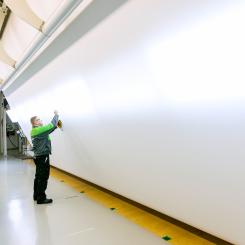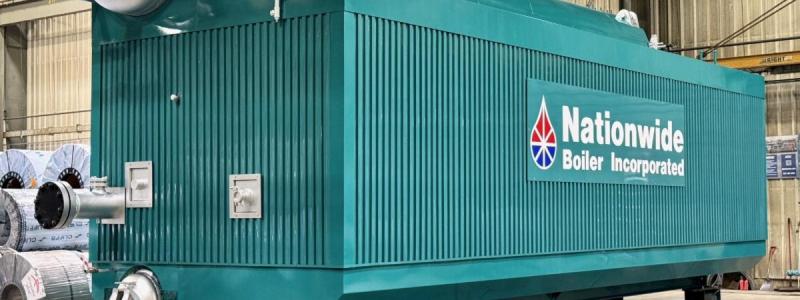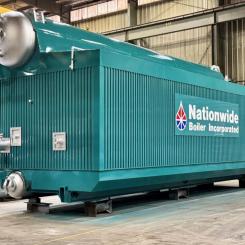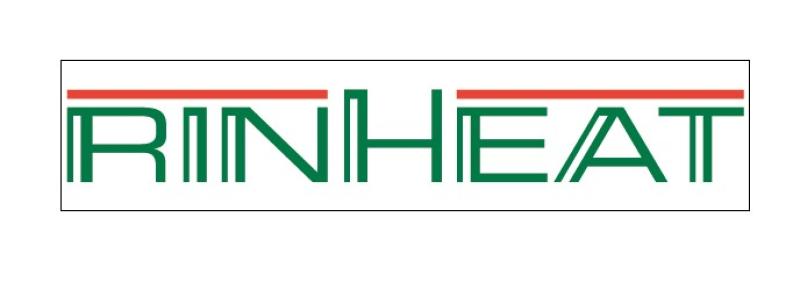Kemira and Metsä Group have agreed to collaborate in the development of the new Kuura textile fibre. Kuura offers a fully integrated, cost-competitive and scalable, European-made alternative to other lyocell-type fibers currently available in the market.
Metsä Group is developing the new Kuura textile fibre and is currently investigating the potential for launching the Kuura business in an ongoing pre-engineering project. Kemira’s chemistry and process expertise enable process feasibility and scale up of the fiber production and integration into Metsä Group’s existing pulp production line.
"We are excited that Metsä Group has selected Kemira as their chemistry partner in the development of Kuura fibre. Their leadership in advancing sustainability within the textile industry and addressing the environmental challenges in the value chain is inspiring. We believe our several decades long experience in cellulosic fiber chemistry can make a difference here," says Riikka Timonen, Vice President, Commercial, NVS at Kemira. “Our chemical solutions play a crucial role in maximizing circularity, enabling process feasibility, and achieving the desired end product specifications."
According to Niklas von Weymarn, CEO of Metsä Group’s innovation company Metsä Spring, Kemira has significant expertise relevant for the Kuura fibre’s production method. “We strongly believe in the power of collaboration. Various strategic partnerships are also at the heart of Metsä Group’s research and development work. Kemira is a world-class expert in process chemistry, and getting it on board to develop our Kuura fibre’s production method is a major step in the right direction,” says von Weymarn.
Kuura is a type of Man-Made Cellulosic Fiber (MMCF), which offer a compelling solution to many environmental issues present in the textile industry. Global demand for textile fibers is increasing rapidly, driven by population growth and changing consumer lifestyles. The most widely used fiber globally is polyester, which relies on fossil-based raw materials and contributes to microplastic pollution, raising significant sustainability concerns. On the other hand, the industry is facing a growing "cotton gap", a shortfall in cotton supply caused by limitations in land availability, water use, and environmental concerns.
As a result, the need for scalable, renewable, and biodegradable alternatives is more pressing than ever. MMCFs, like Kuura, that are produced from responsibly sourced wood and designed for a low environmental footprint, can help bridge the cotton gap and provide a viable, circular alternative to fossil-based synthetics.

